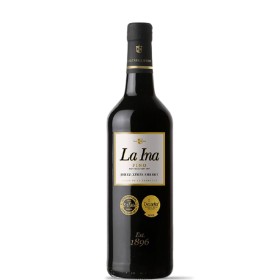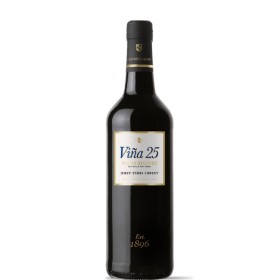- Mondo Vino
- 4092 views

Andalusia is an extreme land, the hottest and most passionate region of the Iberian Peninsula . Defined by many as the bridge between two continents, Europe and Africa, it is also the meeting point between two seas, the Atlantic Ocean and the Mediterranean. Thanks to this particular geographical position, Andalusia has experienced the incessant succession of different cultures, which from here have entered what is modern Europe over the centuries: from the Phoenicians to the Celts, from the Greeks to the Carthaginians, from the Romans to the Visigoths and for a long time by the Arabs, before the expulsion by the Christians. It is a deeply southern region, the home of white houses, of colorful flowers that cover the courtyards, of villages perched as in a living nativity scene, but also of the scent of citrus and oil, of the sound of flamenco. The main feature of Andalusia is the contradiction . Every corner of its territory is marked by diversity: the warm valleys of the Guadalquivir flank the volcanic landscapes of the Tabernas desert and the white peaks of the Sierra Nevada. From snow to the sea in a few kilometers . From the abundance of water in the most famous cities (Cordoba, Seville and Granada) to the desert where Sergio Leone's Western films were shot. Andalusia is a very suitable territory for the cultivation of vines and in fact viticulture and wine production in Southern Spain are very ancient traditions. The British and their massive export of sherry are credited with having internationally discovered the enological heritage of Andalusia. Whether you say sherry in English or jerez in Spanish (xeres in the older version), everyone will know what you are talking about. Unlike what many people believe, sherry is not a brandy or a liqueur: it is a fortified wine (or fortified wine) that is made with Palomino, Pedro Ximénez and Muscatel grapes through a processing and maturation process called solera y criaderas . Sherry is a true masterpiece, made possible thanks to the particular natural conditions of the area and the skill of expert oenologists. It is produced in a delimited area known as the sherry triangle, which includes the towns of Jerez de la Frontera, El Puerto de Santa Maria and Sanlucar de Barrameda. The chalky white soil of calcareous origin is one of the secrets for the production of this wine, in fact, thanks to its very high absorbency, it allows it to accumulate moisture in spring and to maintain it during the summer, which is particularly poor in rains. The other secret linked to the territory is the Flor yeast , a particular Saccharomyces family that lives in full barrels and which isolates the wine from the air by regulating its oxidation. During the fermentation phase of the sherry, the yeasts convert the sugars into ethyl alcohol. When the sugar has been consumed, these particular yeasts, instead of settling on the bottom as it normally happens, adapt to the new conditions and begin to transform the wine's acids into aromatic substances. A waxy coating appears on the cell wall, causing the yeast to float to the surface and forming a protective blanket thick enough to protect the wine from oxygen. These processes drastically lower the acidity of the wine and make sherry one of the richest wines in aldehydes in the world. Studies have shown that for Flor to survive and grow well, wine must have an alcohol content of between 14.5% and 16%. Below 14.5%, the yeast does not form the protective waxy layer and the wine oxidizes to such an extent that it becomes vinegar. Above 16%, the yeast cannot survive and the wine becomes an Oloroso. Here then explains the reason for the sherry production method; in fact after the harvest the grapes arrive in the cellar, are pressed and vinified in white. So the paths are divided according to whether you want to produce Sherry fino or Oloroso. Wines destined for the production of fino are fortified up to 15 ° alcohol, while those that will become Oloroso up to 18 °. The wines are then transferred to the barrels and left to mature for the first year. The barrels are only four fifths filled and the bunghole is not sealed. At this point the long Sherry aging process begins, five years for La Ina and 12 for Vina 25 . In this case we will have two very different products, for aromas, taste and use. If the first is perfect as an aperitif or with sushi and salmon, the second is perfect with fruit, cheeses and passion fruit sorbet, being the fruit of dried grapes.



